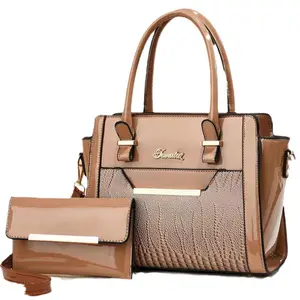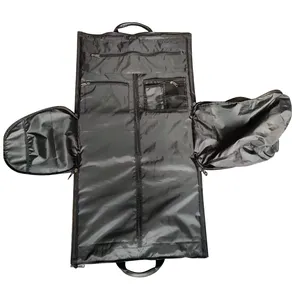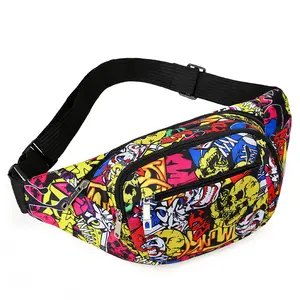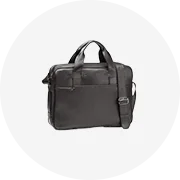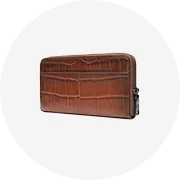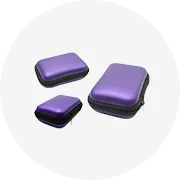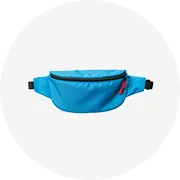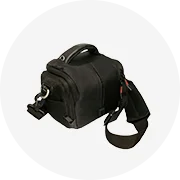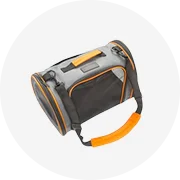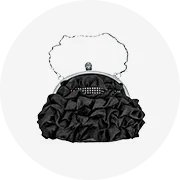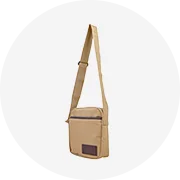Popular in your industry

 Ready to Ship
Ready to Ship









Related Searches:

 Ready to Ship
Ready to Ship











 Ready to Ship
Ready to Ship







 Ready to Ship
Ready to Ship
 Ready to Ship
Ready to Ship


 Ready to Ship
Ready to Ship

Top categories
About leather bag production
The production of leather bags is a meticulous and skilled process that combines traditional craftsmanship with modern techniques to create leather backpacks, leather tote purses, or any other type of leather bags. Leather itself is a versatile and durable material that can be processed in several ways to achieve different textures, finishes, and colors. The raw material, usually sourced from animal hides, undergoes a series of steps before it is transformed into a finished bag, showcasing the artistry and expertise of leather craftsmen.
Types of Leather Used in Leather Bag Production
The type of leather used significantly influences the quality and characteristics of the finished bag. Full-grain leather, known for its natural appearance and durability, is often used in crafting high-end bags. Other types, such as top-grain leather and genuine leather, cater to different preferences and budget considerations. Additionally, exotic leathers like crocodile or ostrich offer a unique and luxurious option for those seeking distinctive pieces. Synthetic or faux leather, while not derived from animal hides, is also used as an alternative for individuals looking for animal-friendly options. The choice of leather type is a crucial decision in leather bag totes production, as it affects the bag's aesthetics, durability, and overall quality.
Leather Bag Production Process
The production of leather bags begins with the selection of high-quality leather hides. Craftsmen examine the hides for imperfections and carefully choose the best ones for the manufacturing process. The hides are then cut into specific patterns, considering the design of the bag and maximizing the use of the material. Skilled artisans cut the leather pieces with precision, ensuring minimal waste and maintaining the integrity of the hide.
The next step involves preparing the leather for assembly. This includes processes such as skiving, where the edges of the leather are thinned to reduce bulkiness, and edge dyeing, which gives a polished look to the bag's edges. Depending on the desired finish, the leather may undergo treatments such as tanning, dyeing, or embossing to achieve the desired color and texture. These processes contribute to the unique aesthetic appeal of the final product, whether it be sophisticated and smooth or rugged and distressed.
The assembly of the bag involves stitching the various leather pieces together. Skilled craftsmen use techniques such as saddle stitching or machine stitching to ensure the seams are strong and durable. Hardware components, such as zippers, buckles, and clasps, are carefully attached to the bag, adding both functionality and style. The final touches in leather crossbody bags production may include polishing the leather, applying protective coatings, and adding branding elements, all of which contribute to the overall quality and visual appeal of the finished bag. With meticulous attention to detail and adherence to quality standards, the production of leather bags results in timeless accessories that combine artisanal craftsmanship with the enduring beauty of leather.

